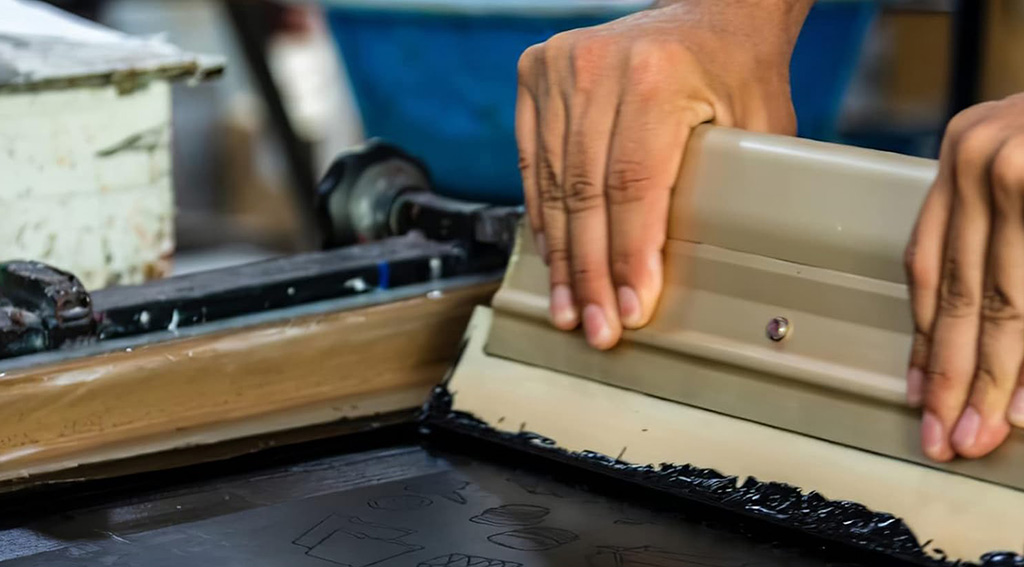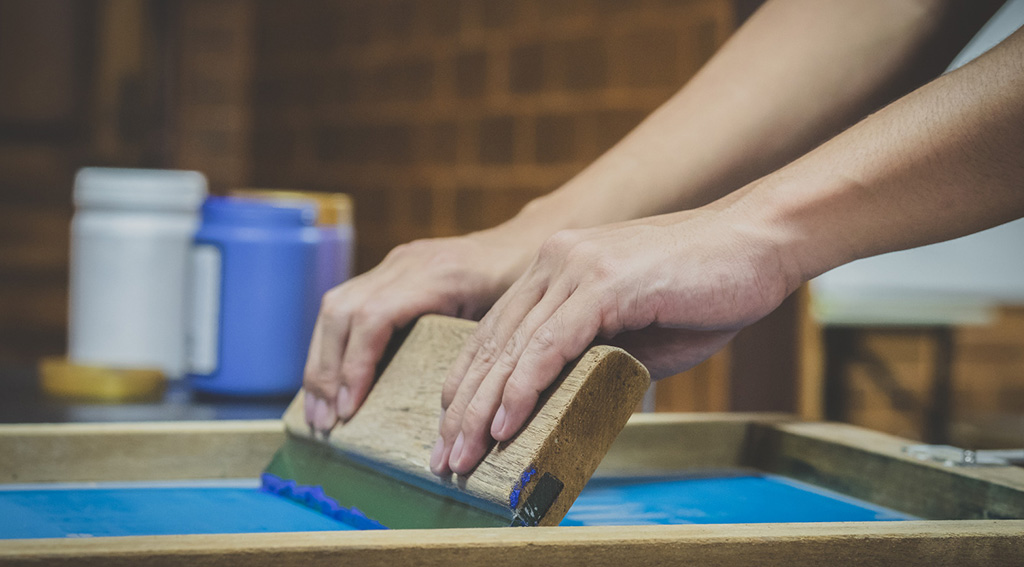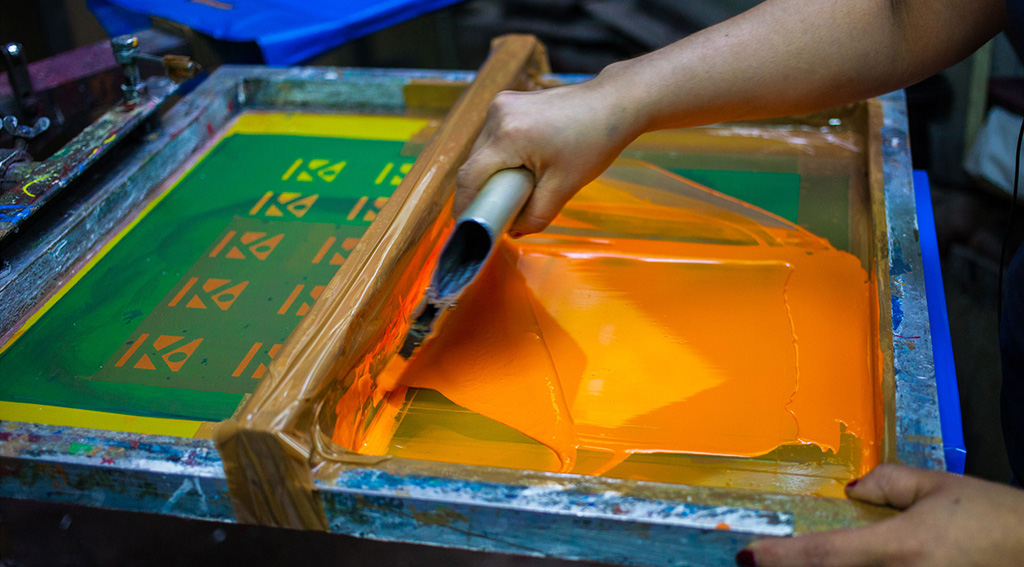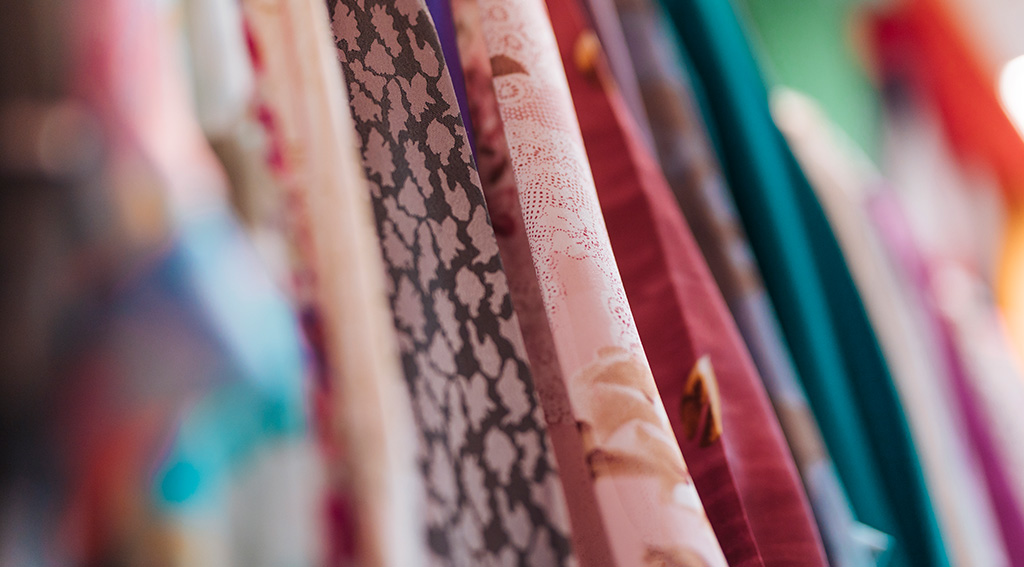
In recent years, rotary screen printing has witnessed a remarkable surge in both the fashion and textile sectors. This upswing can be attributed to the groundbreaking effects of this distinctive printing technique on the realms of patterns and designs. Rotary screen printing allows for the application of vivid and enduring patterns onto fabric surfaces, empowering designers to craft distinctive collections that break free from creative constraints.
The ascendancy of rotary screen printing in the fashion industry has brought about an increased diversity in the utilization of patterns and colors. Both classical and unconventional styles can be impressively applied to textile products, enabling designers to imbue fabrics with originality and aesthetic allure.
Furthermore, rotary screen printing bolsters the resilience of textile products. Colors become resistant to washing and abrasion, ensuring that products retain their freshness and vibrancy over an extended lifespan. This not only delivers durable and long-lasting products to consumers but also aligns with sustainability initiatives within the fashion industry.
Rotary screen printing also presents advantages in terms of speed and customization. It offers a swifter alternative compared to other printing methods, allowing designers to achieve faster production. Simultaneously, it facilitates the seamless application of custom designs based on consumer demands, thereby enhancing the appeal of personalized products.
In conclusion, rotary screen printing has firmly established itself in the fashion and textile industries, providing significant advantages in design, durability, and speed. This technique unleashes the creative potential of the textile world while furnishing consumers with attractive and enduring products. The ascendancy of rotary screen printing stands as a pivotal factor shaping the future of the fashion and textile sectors.


